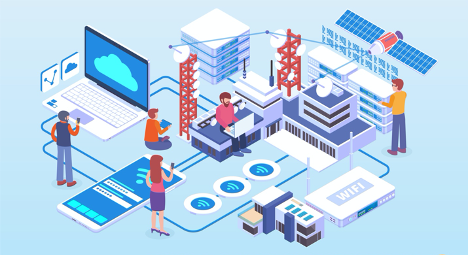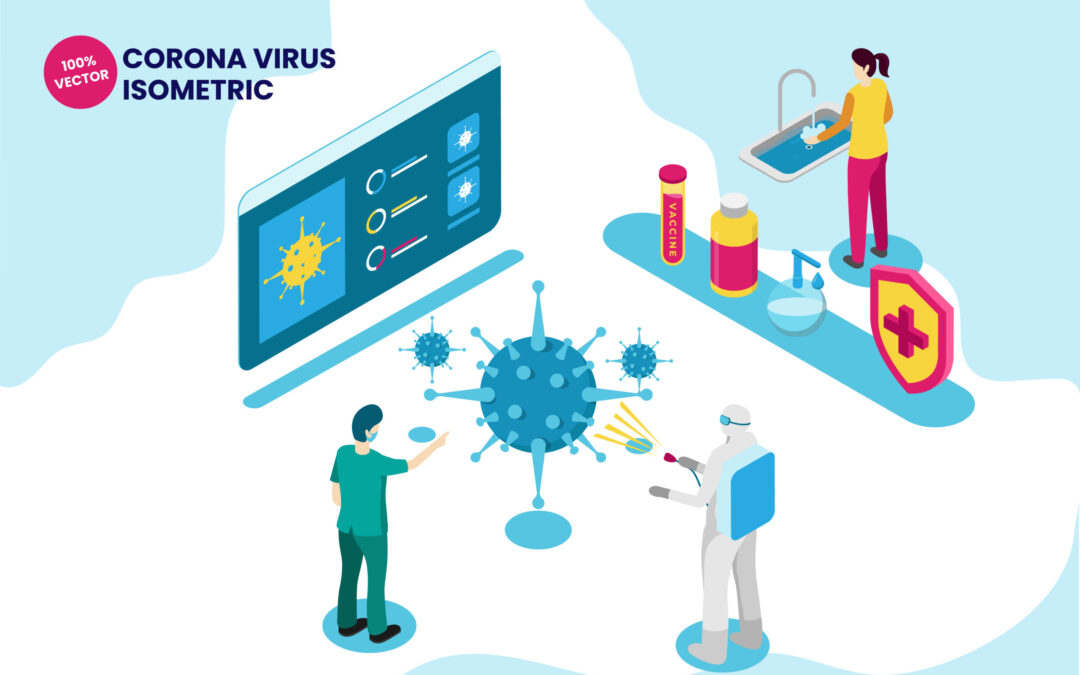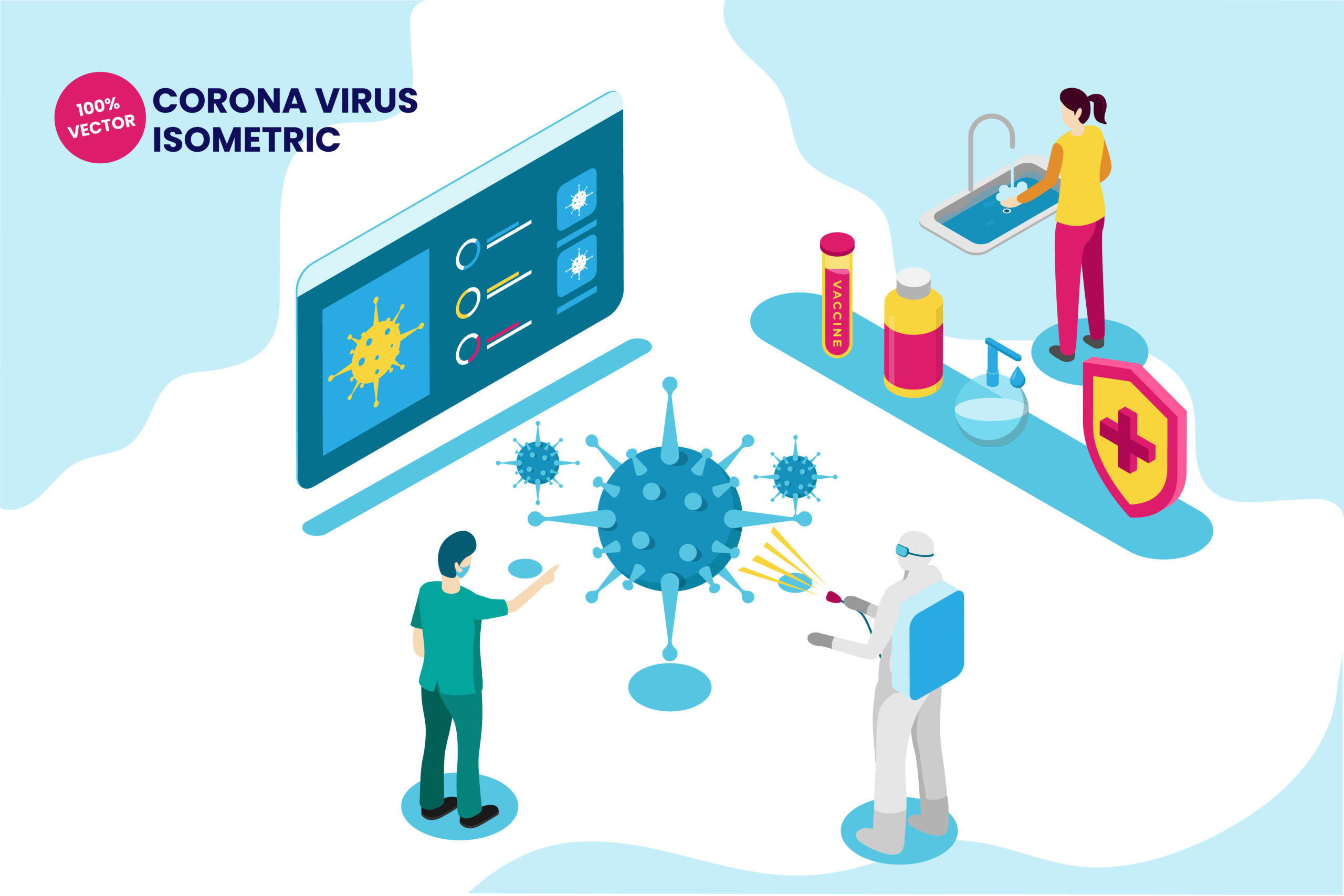
GrubHub Sells to European Just Eat Takeaway and Why This Matters for Your Data at the Edge
Mergers, acquisitions and buy-ins happen every day. What is significant about the GrubHub / Just Eat Takeaway $7.3 billion-dollar deal is that it may propel a European mindset for personal data protection of which all companies are pushing toward. Not knowing how far GrubHub has leveled up to Europe’s requirements already, it may not be a big issue but as the movement comes with cost and time, it is fair to say that many companies don’t get fully compliant until forced to.
Personal data is at the heart of every delivery-based business. Creating surprise and delight promotions, rewards and great customer experiences set the leaders apart from the pack. When everything is in the cloud, the company has control but the increased demand from customers to own and control their data challenges “knowing” the customer as well as possible.
Edge and Hybrid models start to come in play here. Imagine a personal, private network under the router in every home that is connected to a local, blockchain based storage and validation node formation which then routes up to the cloud. As a consumer, we control who gets what information about us, our family, our dog, our cars, home, etc. Then factor in the machine-to-machine interactions and human-to-machine interactions that get captured locally so that your phone opens the 3-factor authentication process to unlock your front door based on proximity or other A.I. enabled processes. The massive amount of data created is mind-blowing.
The bottom line here is about controlling data. The more we control our own data, the more companies like GrubHub and Just Eat Takeaway need to ask permission for parts of that data so they can provide the ultimate in Customer Experience.

Edge Computing to the Rescue
With GrubHub’s move to a service oriented architecture as outlined in a Medium post they did in 2018, they should be well positioned by now to adjust quickly. What once was a Cloud-First mindset is now moving to a Hybrid-Cloud reality. Part of the reason is that the sheer volume of data becomes a restrictor for all-cloud until 5G or beyond is everywhere. And then, more data clogs even the fastest, lowest latency networks because the data doubles, triples and on and on.
Over time, data storage becomes part of everything man-made through nanotechnology embedded in its fibers, cement, glass, or other materials. Nodes pull the data, validate it and access to it and pass on to the end user through a series of gates. The Cloud as we know it relies on the local connectivity to that data. And the consumer owns all their data and manages what companies like GrubHub get, all at the speed of light to coin a phrase.
At Fortress Data Centers, capabilities are in place with 5G and as a hub for Carrier Networks, Wireless Carrier Networks, Software Defined Networks, local Edge Computing Connectivity and much more. The world of technology advancements is hard to predict but the future of consumer demands is not. Own my data, control my data, give me a great customer experience, make my life easier and better, and do it all fast.
Hats off to GrubHub for helping drive the delivery business and their foresight on future-proofed technology. Now, the next evolution in data management has arrived. Are they ready for me, in control?


